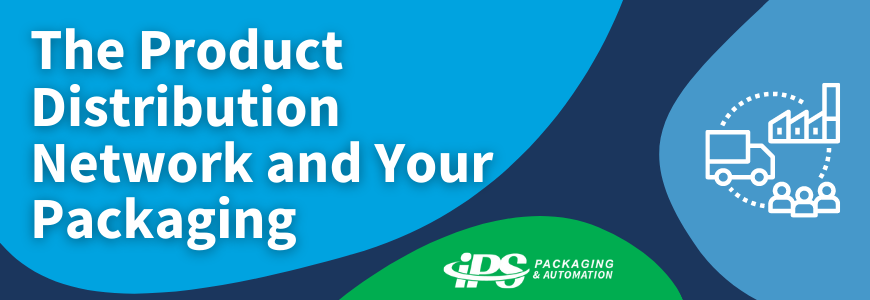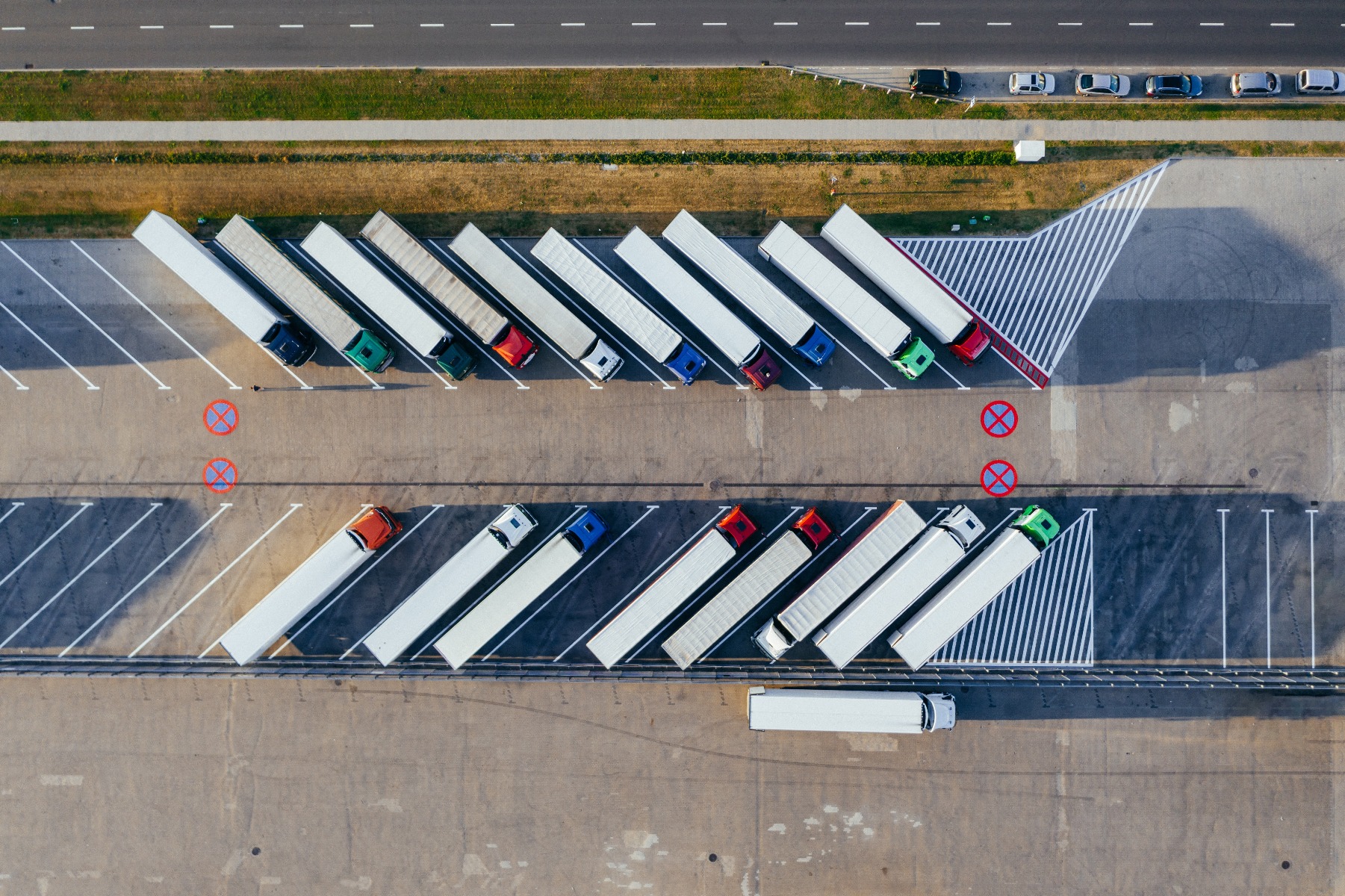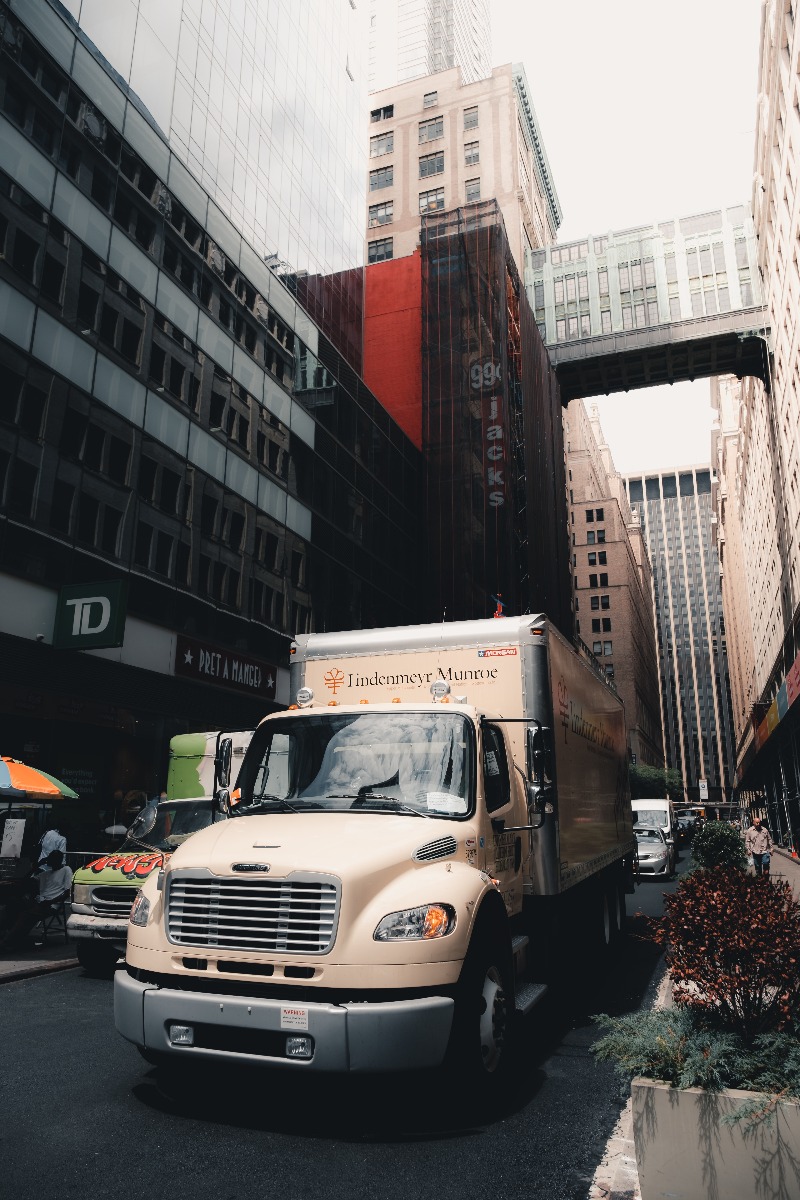
The Product Distribution Network and Your Packaging
Any company that sells physical goods needs to have a dedicated plan for their product distribution network. This allows you to make sure that your items successfully make their way from your warehouse or facility all the way to your customers without experiencing damage or going missing. In addition to ensuring product safety, a successful product distribution strategy also means that you can expand your reach to shoppers around the nation or even the globe. Let’s take a deeper look at what that means and how the product distribution network actually works.

What is Product Distribution?
At its most basic, product distribution is defined as the process of selling and delivering goods to a customer or multiple customers. Depending on the size of your business, this network is oftentimes spread throughout your state, the nation, or even the entire globe. No matter how near or far your products may go, it’s important that they can successfully make it through each storage area and shipping environment they pass through. There are three main types of product distribution network, each with its own unique factors and members.
Types of Product Distribution Networks
The three primary categories of product distribution networks can be broken down into intensive, selective, and exclusive. Here are the details:
Intensive: When operating with an intensive product distribution strategy, the manufacturer does its best to enter as many markets and find as many consumers as possible. This means you may not participate in highly specific targeting methods, but will instead attempt to reach a very general group of people.
Selective: Slightly more restrictive than intensive, selective product distribution is when the manufacturer picks and chooses which stores or outlets in which they prefer to sell their goods. This is generally best for companies that want to reach a few specific types of buyers, rather than target anyone and everyone they can find.
Exclusive: In an exclusive product distribution network, the outlets in which a business sells to a consumer are very limited. This is generally intended to maintain a very specific brand image and name, and is most often found with luxury goods – such as designer fashion or high-end sports cars.
Members of the Product Distribution Network
Manufacturers: The company that actually creates each product. This is the first stop in a product distribution network, which wouldn’t be possible without a manufacturer.
Distributors: A distributor sells products to retail outlets or fulfills orders for the manufacturer. They often keep warehouses of items and play a large role in the packaging, shipping, and delivery of those goods.
Retailers: A retailer isn’t always part of the network, but this is where customers most often find the products they purchase. Retailers can be physical brick-and-mortar stores or ecommerce businesses. Either way, they must be able to store products and ensure they arrive safely to consumers.
Customers: Customers are the individuals who actually purchase products. They are the final step in any product distribution network and are necessary to keep it operating successfully.
Product Distribution Channels
Along with all of the individuals who make up each product distribution network, there are a number of paths that goods can navigate.

Manufacturer → Customer
Sometimes, manufacturers are able to sell their products directly to their consumer base. This eliminates the need for an intermediary, which can save money, but also limits the number of ways a customer may find the manufacturer’s items.
Manufacturer → Distributor → Customer
When a manufacturer acts through a distributor, they sell their goods to that distributor who then ultimately sells them to the consumer. This benefits the manufacturer by creating an extra channel where customers can find the product. Additionally, this means that the distributor will be in charge of packaging, storing, and shipping goods, and handles a significant portion of any customer marketing efforts.
Manufacturer → Distributor → Retailer → Customer
This type of product distribution channel adds in an extra “middleman” to the process. In this scenario, the distributor still stores and delivers all products and also sells them to a retailer.
This retailer may be your standard big box store or a smaller ecommerce platform, meaning that they may sometimes store the items themselves or have the distributor ship to the customer on their behalf (a practice known as drop shipping). For the customer, the retailer is their only point of contact during the product distribution process.
Your Packaging and the Product Distribution Process
One common thread of the entire product distribution network is that it always requires packaging. From the pallets and stretch wrap machines used to get items out of the manufacturer’s doors, to the cornerboard that keeps items securely in place during transit, and all the way to the void fill found inside individual storage boxes, packaging is always present. No matter what step of the product distribution process you take part in, let IPS Packaging & Automation assist you. We can help you out with all of your packaging supply and equipment needs to get you through every step of the product distribution process. Contact us today for a free quote!


